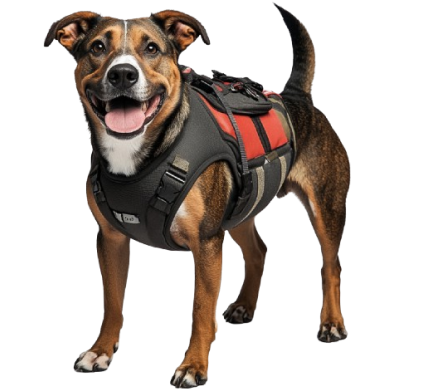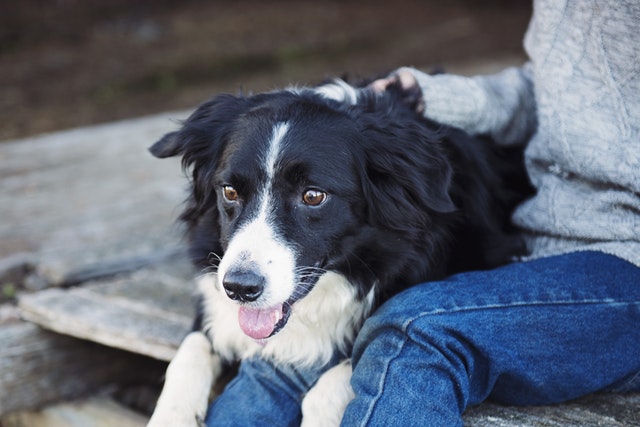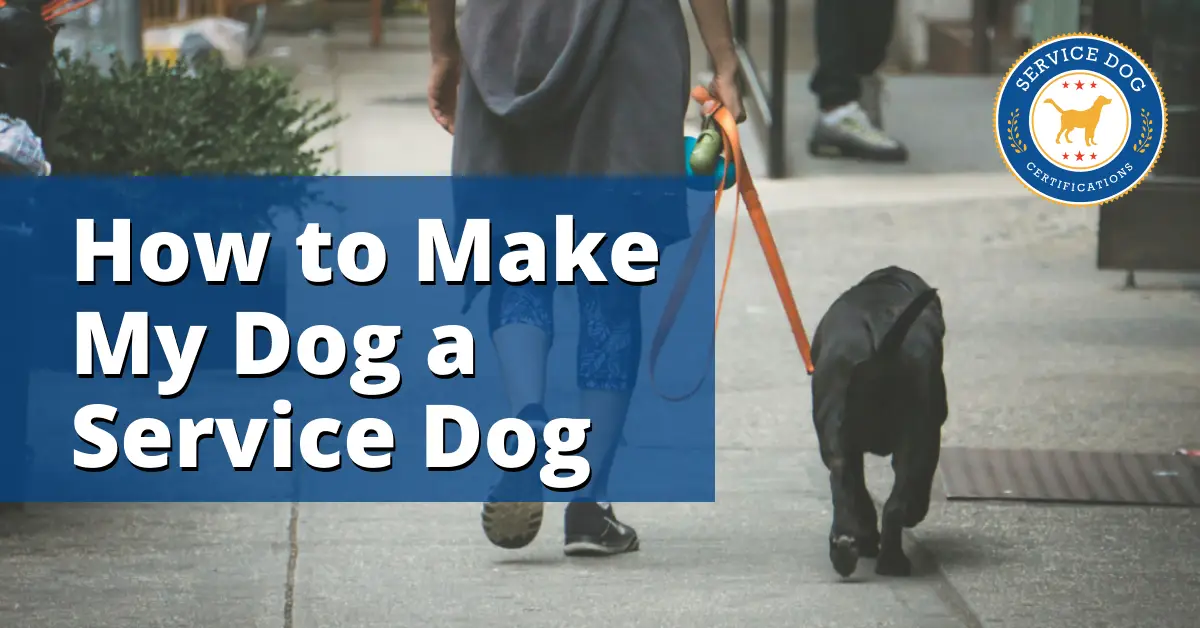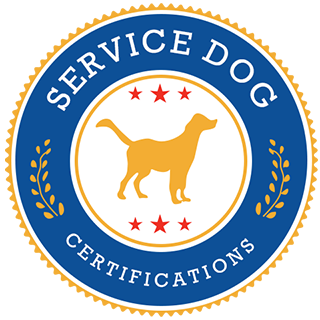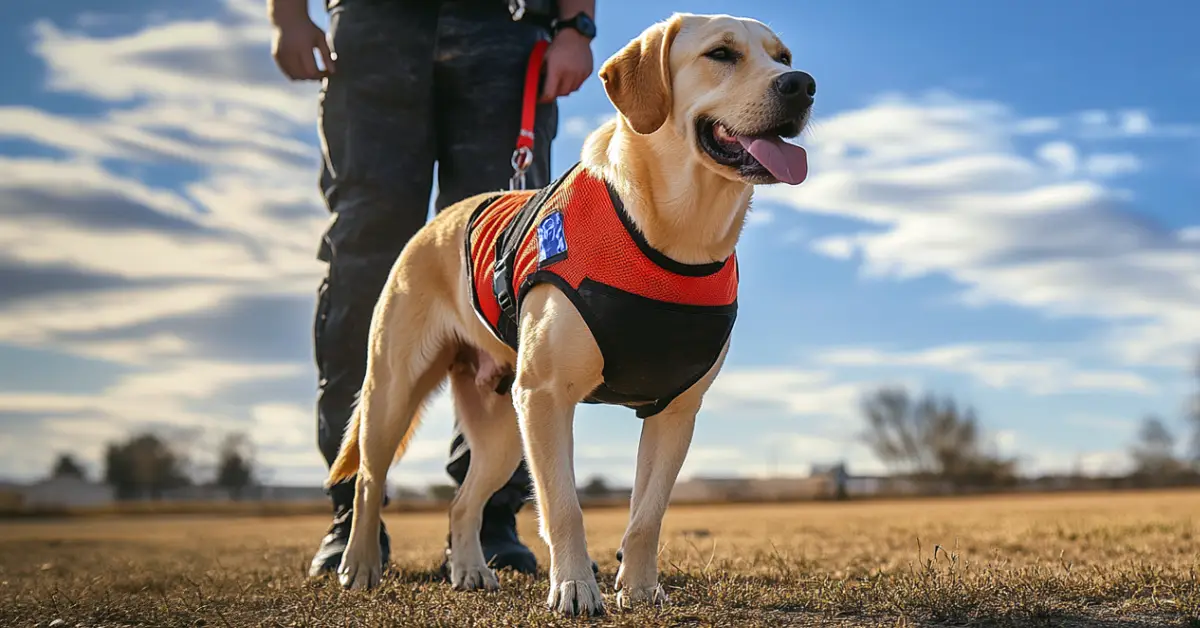All Our Articles on Training

How a Dog’s Internal Clock Works
Service dogs can be trained to remind you when to take medication, perform a scheduled task to keep you moving forward, or other time-sensitive functions.... Read more
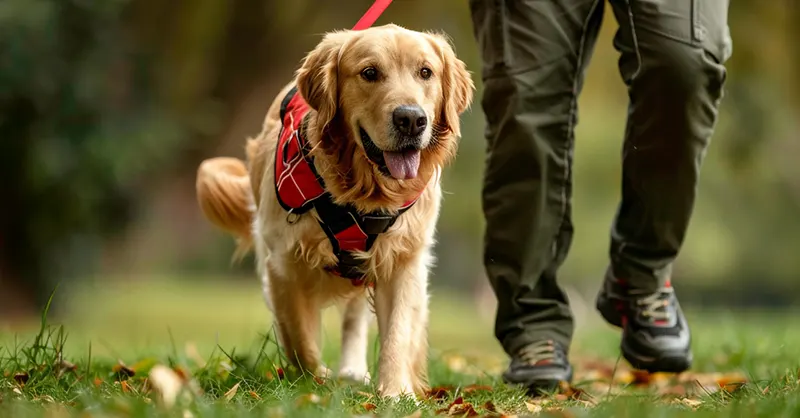
Cost of Dog Training by State
The cost of training a dog to be a service dog varies by region. We’ll help you choose the right service by comparing the prices... Read more
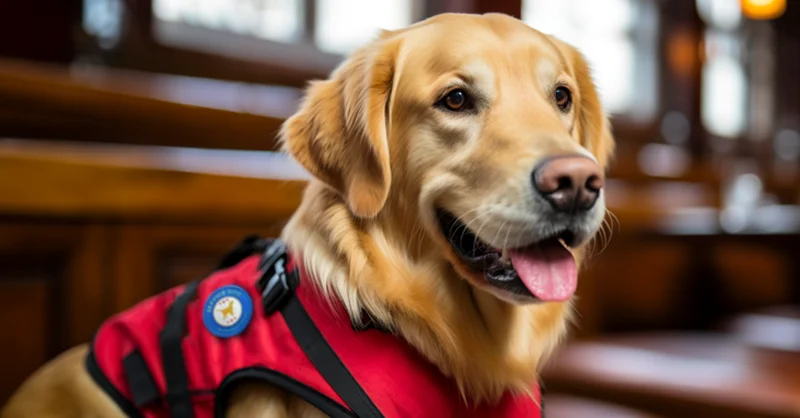
How to Get a Service Dog for Free
A service dog can completely change your life, but with price tags often between $30,000 and $50,000 to purchase a fully trained service dog, they... Read more
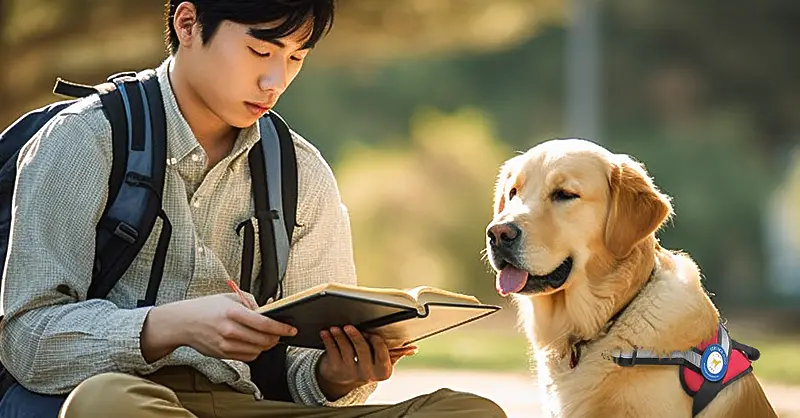
ADHD Service Dog Tasks
Recently, there has been a steep increase in people diagnosed with ADHD (Attention-Deficit/Hyperactivity Disorder). One popular mode of treatment for ADHD is powerful prescription drugs... Read more
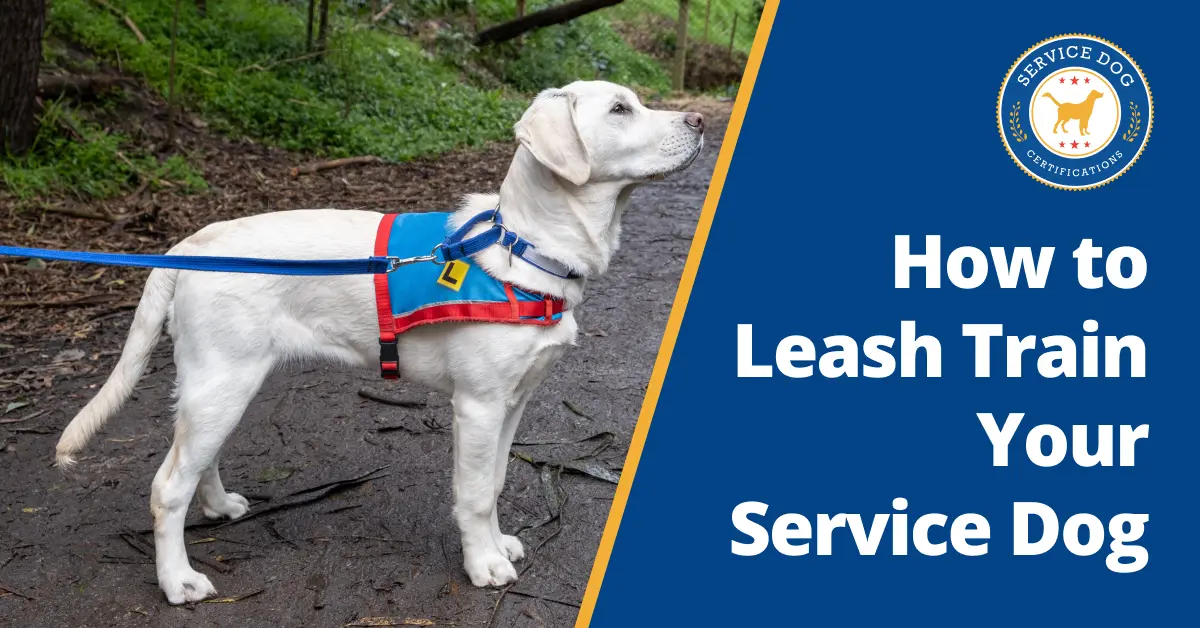
How to Leash Train Your Service Dog
A well-trained service dog should walk like they're glued to your side. No pulling when they see another dog or lunging toward dropped food, and... Read more
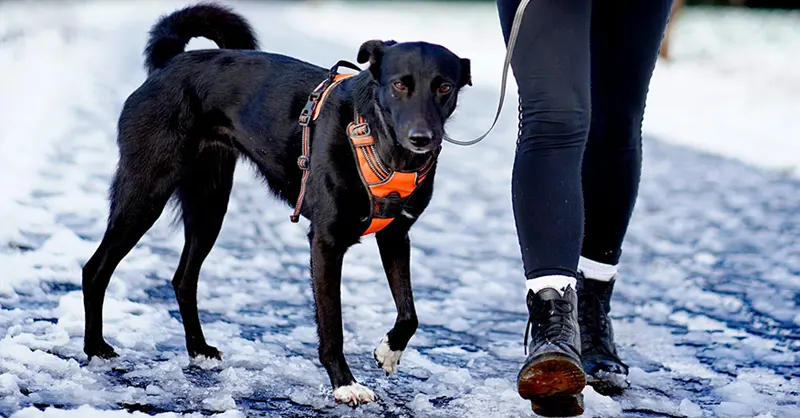
How to Keep a Service Dog Training Log
Any educator will tell you that their grade book and lesson plan serves multiple purposes. It keeps them organized and identifies how well their students... Read more
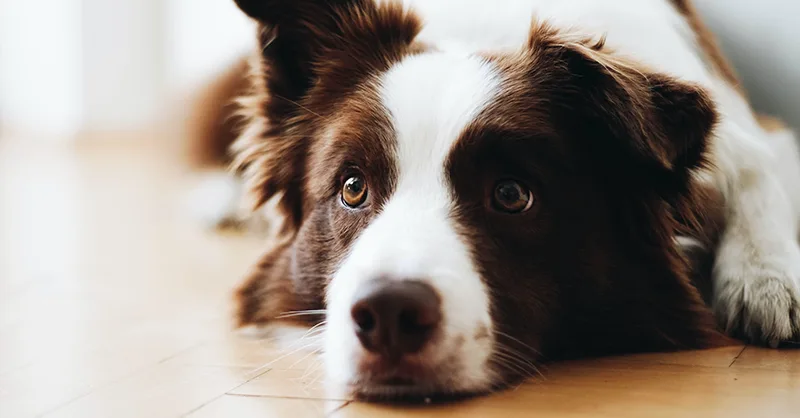
Anxiety Service Dog Tasks
According to the Anxiety and Depression Association of America (ADAA), anxiety disorders are common within the U.S. About 18% (about 40 million) of all adults... Read more

PTSD Service Dog Tasks
Psychological trauma occurs when a person witnesses a highly stressful event, like a car accident, school shooting, combat, sexual assault, or extreme violence. How an... Read more
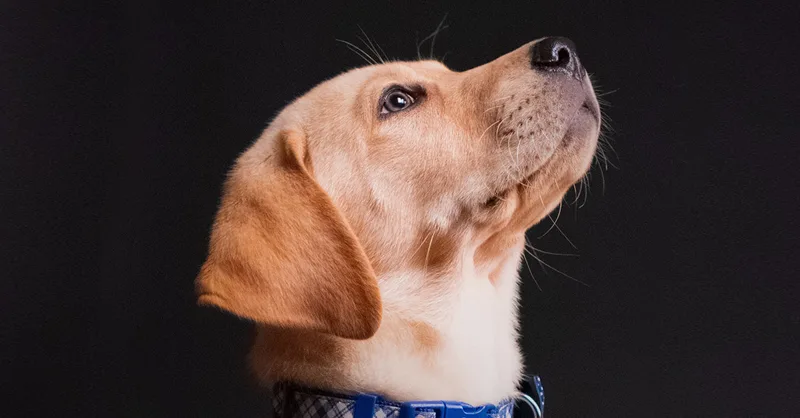
How to Train a Psychiatric Service Dog
Do psychiatric service dogs need training? Yes, they do. But because psychiatric service dogs (PSD) often are confused with emotional animal support animals (ESA), people... Read more
